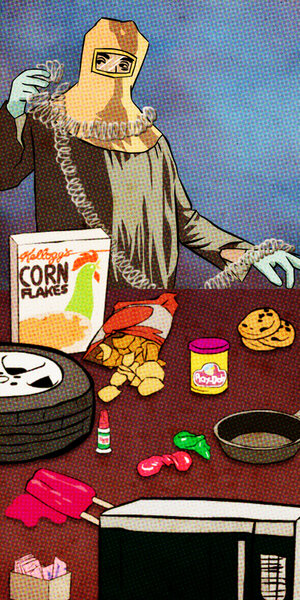Many dog owners grumble when their loyal companions play outside and return with all sorts of nature stuck to their fur and feet, bringing the outside environment into their once-clean homes.
But not Swiss electrical engineer, George De Mestral, who, after taking a walk in the woods with his dog, was fascinated by the cockleburs’ ability to cling to his clothes and his dog’s fur.
Under a microscope, De Mestral examined the tons of tiny hooks that line cockleburs and discovered they could easily attach to the small loops found in clothing and fur. He experimented with different materials to make his own hooks and loops form a stronger bond. In 1955, De Mestral decided nylon was perfect and thus Velcro was invented.
Velcro, the combination of “velvet” and “crochet,” was showcased in a 1959 fashion show held at the Waldorf-Astoria Hotel in New York City. However, it didn’t receive positive reviews from fashion enthusiasts.
Velcro wasn’t widely used until NASA made it popular in the early 1960s. Apollo astronauts used it to secure items that they didn’t want escaping in their zero-gravity environment. Hospitals and athletic companies eventually used Velcro after realizing the practicality of the material. In 1968, Puma was the first to use Velcro on shoes – Adidas, Reebok, and others followed suit.





